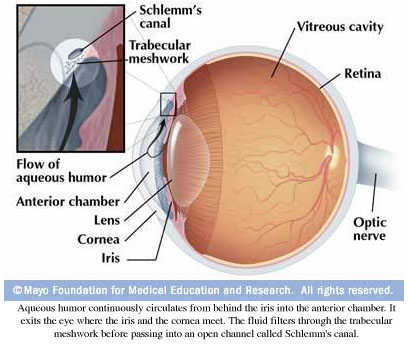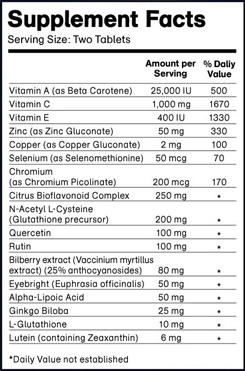|
Glaucoma Pictures
|
 |  |  |
|
|
 |  |  |
The following Glaucoma Pictures will help you see what it going on.
There are several forms of Glaucoma:
Congenital and Pigmentary.
Congenital Glaucoma, are life long-patients that are born with it. 80% of these patients are diagnosed by 1 year.
Pigmentary Glaucoma, is when excess pigment builds up in the ducts of the eye. This prevents healthy drainage of old fluid and increases the pressure inside the eye.
The optic nerve is like a big electric cable made up of thousands of individual wires carrying the images you see from The Retina to your brain.
When the optic nerve deteriorates, blind spots develop in your visual field, starting with your peripheral (side) vision. If left untreated, glaucoma may lead to blindness in both eyes.
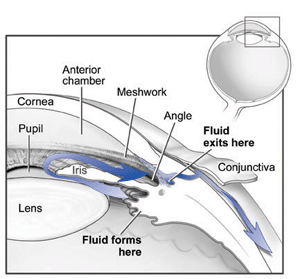 In the front of the eye is a space called the anterior chamber.
In the front of the eye is a space called the anterior chamber.
A clear fluid flows continuously in and out of the chamber and nourishes nearby tissues.
The fluid leaves the chamber at the Open Angle where the Cornea and iris meet.
When the fluid reaches the angle, it flows through a spongy mesh work, like a drain, and leaves the eye.
Sometimes, when the fluid reaches the angle, it passes too slowly through the mesh work drain.
As the fluid builds up, the pressure inside the eye rises to a level that may damage the optic nerve.
When the optic nerve is damaged from increased pressure, open angle glaucoma--and Eyesight Loss -- may result.
That's why controlling pressure inside the eye is important.
Challenge yourself to learn about glaucoma and reduce your risk.
Click on the Glaucoma Picture to learn more.

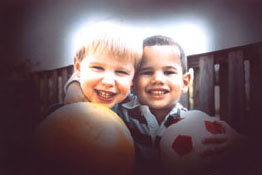
The Glaucoma Picture on the left is what someone sees with normal eyesight.
The Glaucoma Picture on the right is what someone sees when they have Glaucoma.
When the optic nerve deteriorates, blind spots develop in your visual field, starting with your peripheral (side) vision.
If left untreated, glaucoma may lead to blindness in both eyes.
Gonioscopy.
Gonioscopy is a painless Eyesight Test that checks if the angle where the iris meets the cornea is open or closed, showing if either open angle or closed angle glaucoma is present.
In this test a special lens with an angled mirror is placed on the eye to inspect the drainage angle.
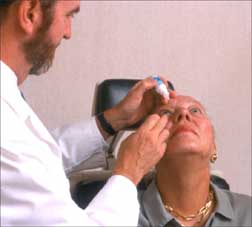 Glaucoma is treated by lowering the pressure within the eye.
Glaucoma is treated by lowering the pressure within the eye.
This can be done with eye drops, pills, laser treatments
Glaucoma Surgery.
Over the past 20 years, the Glaucoma Treatments have increased greatly.
In most patients, glaucoma is a treatable condition.
The key to glaucoma treatment, as with most other diseases, is early detection and faithful adherence to the treatments prescribed by your doctor.
Laser Peripheral Iridotomy (LPI) is used for the treatment of narrow-angle glaucoma.
Narrow-angle glaucoma occurs when the angle between the iris and the cornea in the eye is too small.
This causes the iris to block fluid drainage, increasing inner eye pressure.
LPI makes a small hole in the iris, allowing it to fall back from the fluid channel and helping the fluid drain.
Glaucoma Surgery
Surgery involves either laser treatment or making a cut in the eye to reduce the intraocular pressure (IOP).
The type of surgery your doctor recommends will depend on the type and severity of your glaucoma and the general health of your eye.
Surgery can help lower pressure when medication is not sufficient, however it cannot reverse Loss of Vision.

Subscribe to EyeSight Vision Care! , our monthly newsletter with in depth information to help you keep up to date on how to Protect Your Eyesight with a free bonus. Fill out the form below. You'll then receive an email asking you to confirm that you subscribed. You'll always have the option to unsubscribe at the click of your mouse.
glaucoma pictures to glaucoma information
glaucoma pictures to protect your eyesight
More Information








